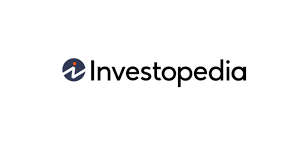NAVIGATION
CONTACT US
20600 Chagrin Boulevard
1115 Tower East
Shaker Heights,
Ohio 44122
Please Note: Limitations. Different types of investments involve varying degrees of risk and volatility. Therefore, there can be no assurance that the future performance of any specific investment or investment strategy (including this Strategy), will be profitable, equal any specific performance level(s), be suitable for your portfolio or individual situation, or prove successful. At any specific point in time, or over any specific time-period, any investment or investment strategy can and will suffer losses, at times substantial losses. It should not be assumed that stocks with higher dividend growth will outperform those with lesser or no dividend growth.
It should not be assumed that stocks with higher dividend growth will outperform those with lesser or no dividend growth. No amount of prior experience or success should be construed that a certain level of results or satisfaction will be achieved if Capital Advisors is engaged, or continues to be engaged, to provide investment advisory services. Capital Advisors is not a certified public accounting firm, and no portion of its services should be construed as accounting advice. Moreover, you should not assume that any discussion or information contained in this document serves as the receipt of, or as a substitute for, personalized investment advisory services from Capital Advisors. A copy of our current written disclosure Brochure and Form CRS discussing our advisory services and fees is available upon request or at www.capitaladvisorsltd.com.
Aggregated Portfolio Data as of 12-19-2023.
S&P 500: a stock market index that tracks the performance of 500 of the largest publicly traded companies in the United States
Vanguard U.S. Dividend Growers: measure the performance of U.S. companies that have followed a policy of consistently increasing dividends every year for at least 10 consecutive years. The index excludes the top 25% highest-yielding eligible companies from the index.
Capital Advisors, Ltd., 20600 Chagrin Boulevard 1115 Tower East Shaker Heights, Ohio 44122
Please review Important Disclosure Information set forth in the last section of this web site. Form ADV Form CRS FINRA Broker Check
More information regarding this firm and its investment professionals can be found on Form ADV, Form CRS, and FINRA's BrokerCheck.
Please review Important Disclosure Information set forth in the last section of this web site.





